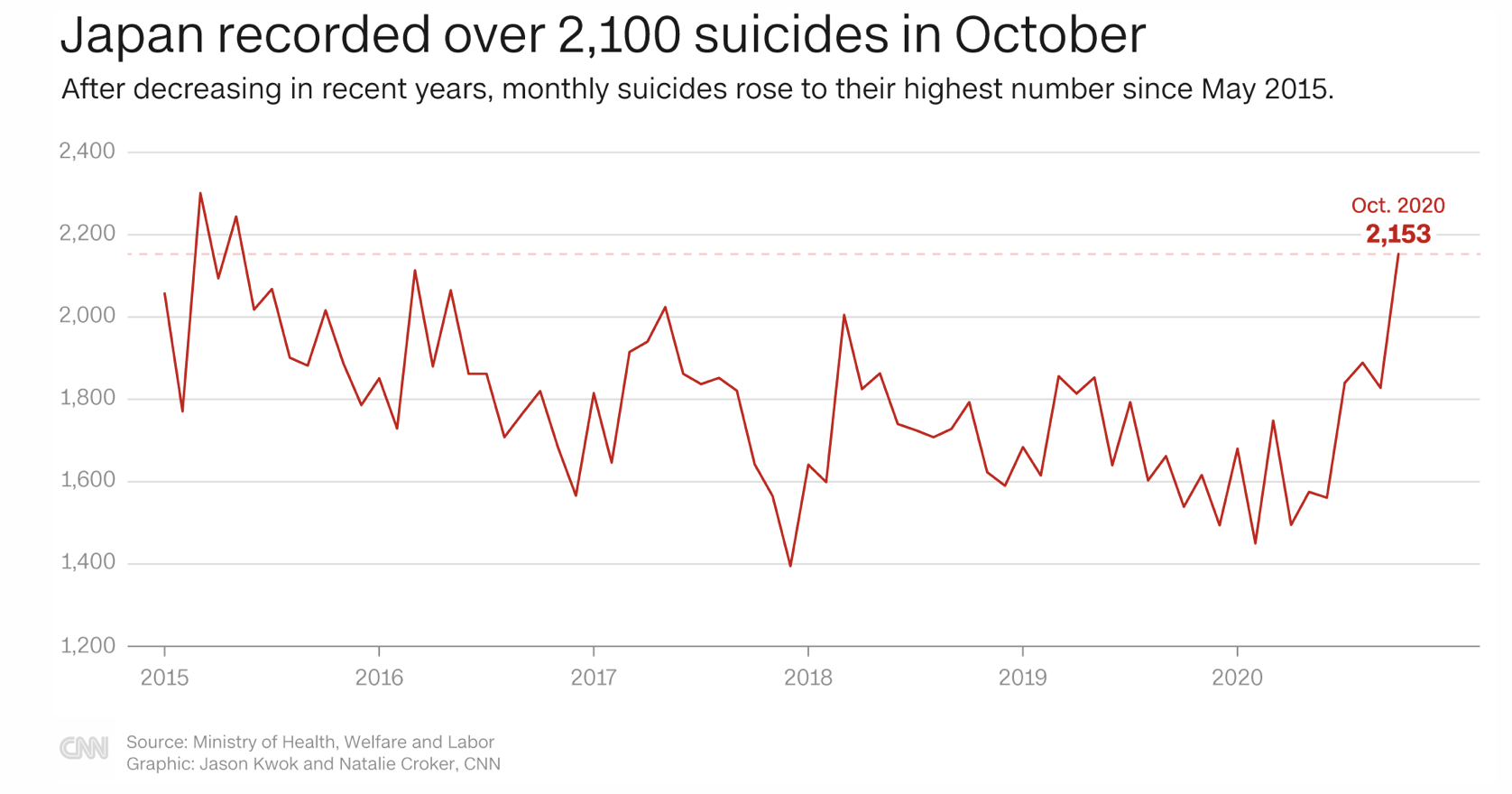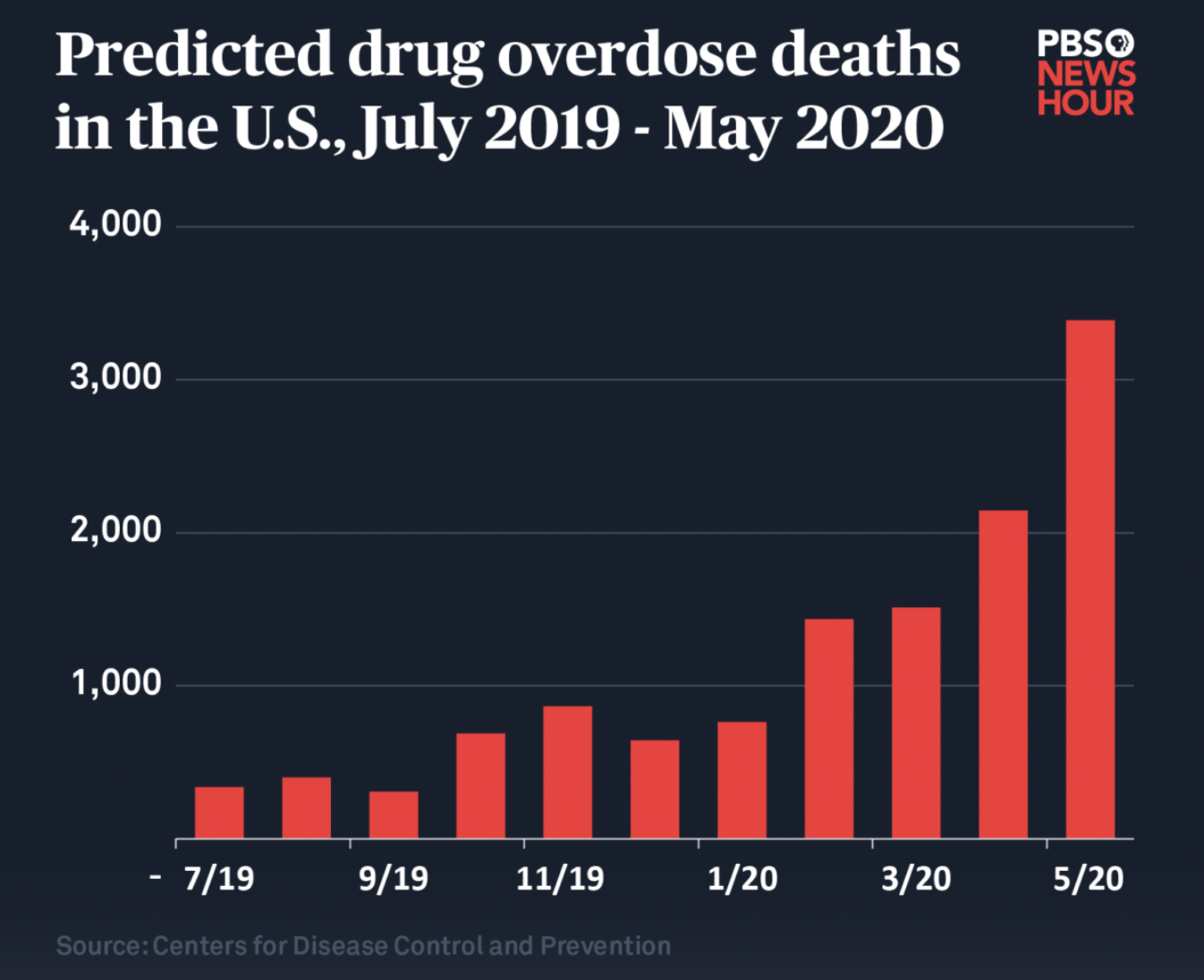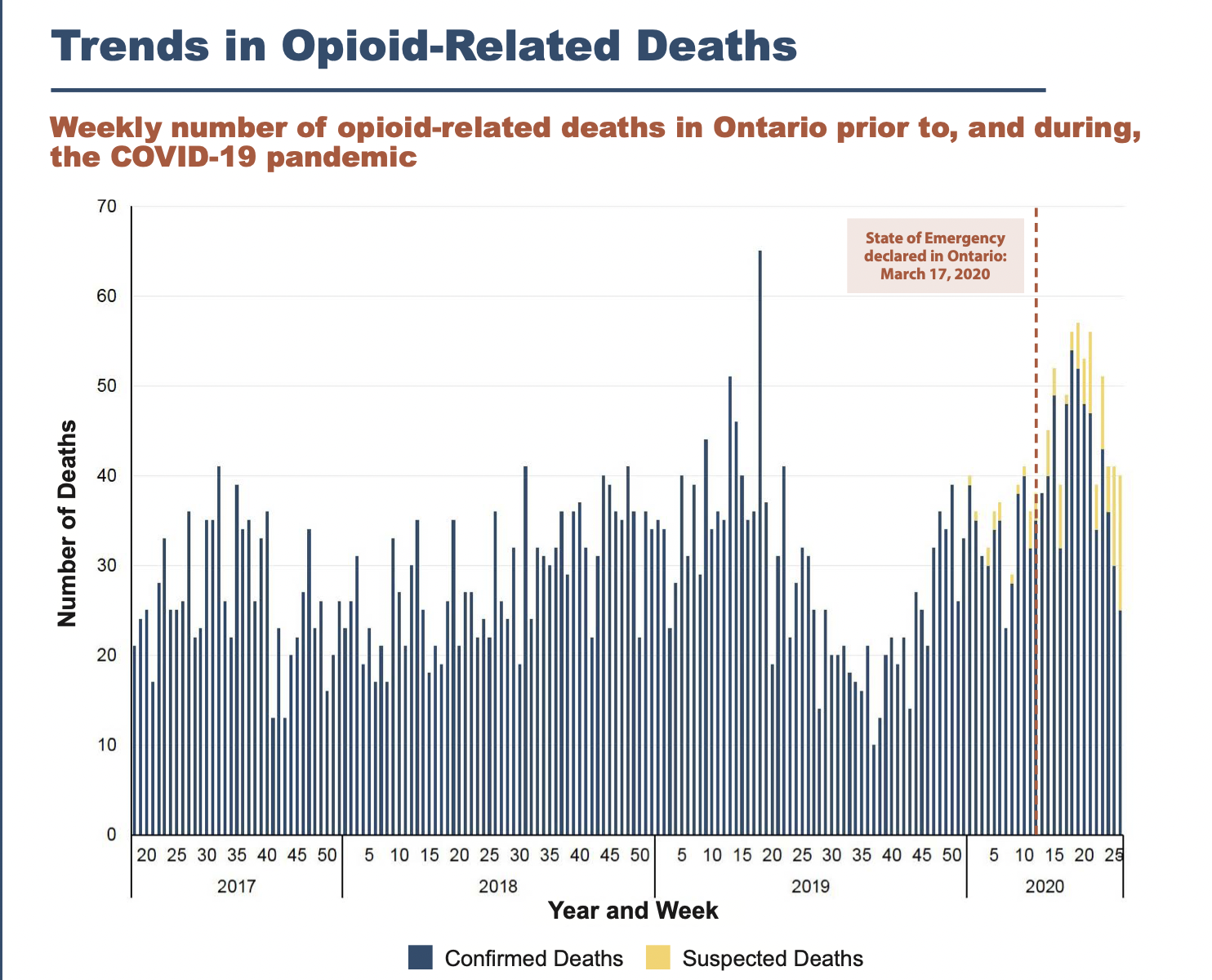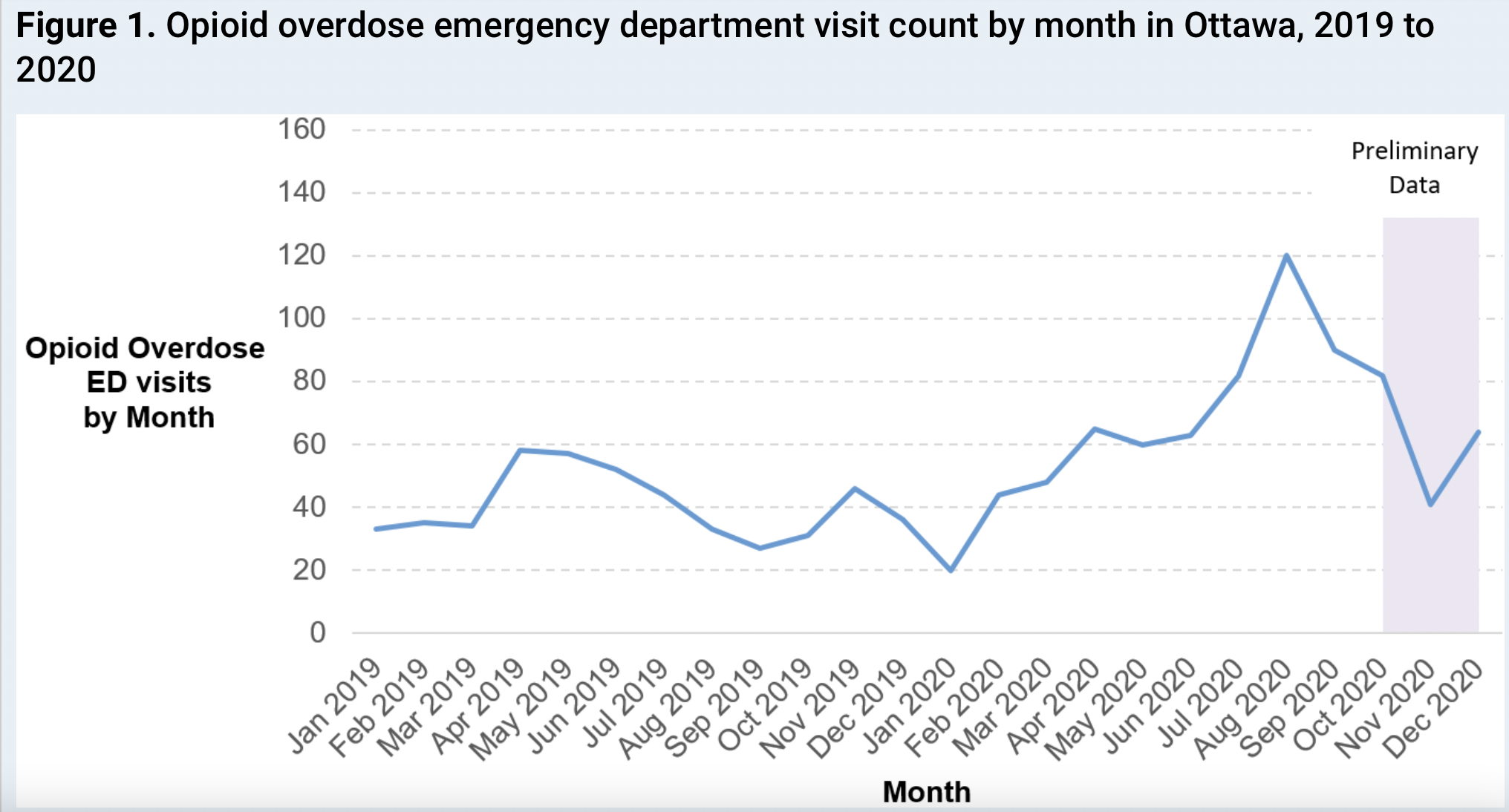The Devastating Impacts of the Covid Crisis on Mental Health
Chapter VI of Michel Chossudovsky's Book on the Worldwide Corona Crisis

All Global Research articles can be read in 51 languages by activating the Translate Website button below the author’s name (only available in desktop version).
To receive Global Research’s Daily Newsletter (selected articles), click here.
Click the share button above to email/forward this article to your friends and colleagues. Follow us on Instagram and Twitter and subscribe to our Telegram Channel. Feel free to repost and share widely Global Research articles.
Give Truth a Chance. Secure Your Access to Unchained News, Donate to Global Research.
***
“If we don’t stand up against this lockdown madness right now, we are complicit in the soul murder of our children! Yet the majority of parents and educators in kindergartens and schools … silently accept that corrupt governments are driving their children into madness or even suicide and thus strangling the future of all of us. –Rudolf Haensel, September 2021
“Smiling as a facial expression has existed since the dawn of mankind. It is an inherent feature of human beings. Coupled with mandatory social distancing, the Covid mask hides our faces and prevents us from expressing our feelings while meeting and interacting with our fellow human beings. The mandates create an aura of social despair. Smiling and laughter reduces stress, encourages dialogue, exchange, solidarity, conflict resolution. Smiling also constitutes a means to confronting the Covid-19 fear campaign.” –Michel Chossudovsky, May 2022
“There has been another cost that we’ve seen, particularly in high schools. We’re seeing, sadly, far greater suicides now than there are deaths from COVID. We’re seeing far greater deaths from drug overdose,” –Dr. Robert Redfield, former director of the CDC, July 14, 2020
Introduction
The coronavirus mental health predicament of several billion people worldwide is the result of
- social engineering including confinement, isolation, social distancing and the mask,
- the incessant 24/7 fear campaign waged by the media and the governments,
- the spike in unemployment, mass poverty and despair triggered by the worldwide destabilization of national economies.
Image: Pixabay License/No attribution required

Psychiatrists have addressed the “negative impacts” on mental health pertaining to the factors mentioned above. Confirmed by peer-reviewed reports, the lockdowns have also been conducive to triggering depression, uncertainty, and anxiety.
“There is concern the Coronavirus Disease (COVID)-19 pandemic is having a negative impact on the mental health of the general population through a range of suggested mechanisms: fear, uncertainty, and anxiety; social distancing/isolation; loneliness; and economic repercussions.”1
The overall picture of the impacts of the corona crisis on mental health is yet to be fully addressed. Our analysis will focus on the following issues for which data is available:
- the dramatic increase in suicides worldwide in countries where the lockdown was imposed,
- the increase in mortality attributable to drug overdose (cocaine, opioids),
- the rise in alcoholism resulting from a hike in alcohol consumption.
Worldwide Rise in Suicides
The WHO has failed to report on suicide deaths since the beginning of the pandemic. Similarly, at the time of writing, the reported suicide statistics in the US pertaining to 2021-22 are not available. Our analysis is largely based on case study reports.
Suicides in the US
In 2019, suicides were the tenth leading cause of death in the US, 47,511 Americans died by suicide.2 The estimated number of suicide attempts in 2019 was of the order of 1.38 million.3
The evidence is scanty.
A CDC-sponsored peer-reviewed report (Mark É. Czeisler, Rashon I. Lane, Emiko Petrosky, et al.) confirms that the loss of employment and purchasing power in the immediate aftermath of the March 2020 lockdown played a key role specifically among “vulnerable” social and low income groups, in triggering a wave of depression and anxiety, which resulted in what they describe as “suicide ideation” (thinking about different ways to die).4
The authors confirm that:
Symptoms of anxiety disorder and depressive disorder increased considerably in the United States during April–June of 2020 compared with the same period in 2019 (1,2). ….
The percentage of respondents who reported having seriously considered suicide in the 30 days before completing the survey (10.7%) was significantly higher among respondents aged 18–24 years (25.5%), minority racial/ethnic groups (Hispanic respondents [18.6%], non-Hispanic black [black] respondents [15.1%]), self-reported unpaid caregivers for adults (30.7%), and essential workers (21.7%).5
Another study confirms that ‘social distancing/isolation and loneliness‘ resulting from the lockdown policies are factors which may have contributed to suicide:
“Secondary consequences of social distancing may increase the risk of suicide,” researchers noted in an April 10, 2020 paper published by the American Medical Association.6
“It is important to consider changes in a variety of economic, psycho-social, and health-associated risk factors.” (See FEE)
Essentially, researchers warned forced isolation could prove to be “a perfect storm” for suicide. (emphasis added)7
The central issue — which is not addressed by the peer-reviewed reports — is how the engineered loss of employment and purchasing power resulting from the lockdown coupled with confinement leads to depression and despair.8
Anxiety and depression resulting from unemployment and loss of income is a worldwide phenomenon, unprecedented in world history. Country by country, one can observe similar tendencies. Low-income developing countries such as India are experiencing a situation of total despair affecting large sectors of an impoverished population.
Suicides in India
The lockdown in India has been conducive to a spike in suicides which is a consequence of “severe hardship … as entire livelihoods have come undone, amid an escalating job crisis”.9
“It should come as little surprise then that the spectre of suicide has raised its ugly head, with spikes in reports of people, who see no change in fortune on the horizon, taking their own lives.”
The Brookings Institute has also addressed the role of the corona crisis in triggering suicides in India:
Anecdotal evidence for India, meanwhile, suggests increases in rural suicides. India instituted one of the world’s strictest lockdowns amidst high rates of poverty. … Lockdowns resulted in millions of more Indians entering poverty and exacerbated one of the highest suicide rates in the world. The additional numbers of suicides are estimated to be well into the thousands.10
Suicides in Japan

Notice the surge in suicide rates immediately following the lockdown (Source: Ministry of Health, Welfare and Labor/Graphic: Jason Kwok and Natalie Croker, CNN)
This sudden upward trend was triggered by COVID-19 lockdown policies. In 2020, approximately 21,000 people committed suicide in Japan,12
“Far more Japanese people are dying of suicide, likely exacerbated by the economic and social repercussions of the pandemic, than of the COVID-19 disease itself. … Provisional statistics from the National Police Agency show suicides surged to 2,153 in October [2020] alone, marking the fourth straight month of increase.” CBS November 2020 report (emphasis added)13
The above report confirms that suicides among women in Japan increased dramatically in the wake of the March 2020 lockdown. In October 2020 (compared to October of the previous year), female suicides had increased by 83% (in comparison to male suicides which increased by 22% over the same time period).14
Suicides Among Japan’s Schoolchildren
A 2021 report by Japan’s Ministry of Education confirms that suicide among Japanese schoolchildren had hit a record high during the 2020 school year.
“Japan recorded 415 suicides among schoolchildren aged 6 to 18 during the 2020 school year — the highest number since records began in 1974…. The figure was 31% higher than the previous school year, when 317 schoolchildren died.”15
The report from the Ministry of Education suggests that “the pandemic has caused changes in the school and family environment and had an impact on children’s behavior”.
Deaths Resulting from Drug Overdose
The main drug opioid categories (CDC) are as follows:
- illegal heroin
- synthetic opioids such as fentanyl
- so-called “pain relievers” including oxycodone (OxyContin®), hydrocodone (Vicodin®)
- codeine
- morphine
- etc.
The drugs listed above are “chemically-related and interact with opioid receptors on nerve cells in the body and brain” (CDC).
Recorded in 2020, the corona crisis has contributed to a significant increase in both opioid and cocaine sales in the US.
According to the CDC:
Synthetic opioids ([categorized by the CDC as] primarily illicitly manufactured fentanyl) appear to be the primary driver of the increases in overdose deaths, increasing 38.4 percent from the 12-month period leading up to June 2019 compared with the 12-month period leading up to May 2020. …
Overdose deaths involving cocaine also increased by 26.5 percent. … Overdose deaths involving psychostimulants, such as methamphetamine [produced by GSM], increased by 34.8 percent. The number of deaths involving psychostimulants now exceeds the number of cocaine-involved deaths.16 (CDC December 2020 Report) (emphasis added)
The US Centers for Disease Control and Prevention (CDC) reported in December 2020 that the pandemic may have contributed to “a rise in deadly drug overdoses.” While the data is incomplete, the CDC report confirms a sizeable increase in the number of deaths attributable to drug overdose (related to consumption of cocaine and opioids):
Drug overdoses were linked to more than 81,000 people’s deaths between June 2019 and May 2020, according to the Centers for Disease Control and Prevention, jumping 18 percent compared to the previous 12-month period. Such deaths rose 20 percent or more in 25 states and the District of Columbia, the report said.17 (PBS report)
The CDC graph based on both the predicted as well as reported values (i.e. numbers) of deaths attributed to drug overdoses reveals that the monthly count started to accelerate in February 2020.18

Screenshot from CDC
In April, 2020, 2,146 people died of opioid overdose, followed by 3,388 deaths in May 2020 marking the largest monthly increases since 2015 when the federal government began collecting this data.17 (Quoted in PBS report)
The following graph indicates the US monthly data. In the months prior to the corona crisis (July 2019 to January 2020), the monthly drug overdose death count was substantially below 1,000.
The hike starts in February (coinciding with the financial crash). Following the mid-March lockdown, drug overdose deaths went fly high.
In May 2020, the overdose death count was in excess of 3,000, i.e. a more than three-fold increase in relation to the drug overdose deaths recorded prior to the corona crisis. In the US, the recorded monthly drug overdose deaths in 2020 have more than tripled.17

More recent CDC data confirms that the increase in deaths attributable to drug overdose has continued to increase:
From 71,130 deaths in 2019 (end of December 2019) to 92,478 in 2020 (end of December 2020), namely an increase of 21,348 deaths in the course of 2020 in relation to 2019.19
This upward trend has continued in the course of 2021.
In the twelve-month period finishing in June 2021, the number of recorded drug overdose deaths reached almost 100,000 fatalities (end of June 2021: 98,022).20
Opioid-related Deaths in Canada
The tendency in Canada is consistent with that observed in the US. A dramatic increase in opioid-related deaths was recorded in Ontario following the March 17, 2020 lockdown emergency which was coupled with unemployment following the closing down of economic activity:
The number of opioid-related deaths increased quickly in the weeks following the state of emergency declaration in Ontario on March 17, 2020. Overall, there was a 38.2% increase in opioid-related deaths in the first 15 weeks of the COVID-19 pandemic (695 deaths; average of 46 deaths weekly) compared to the 15 weeks immediately prior (503 deaths; average of 34 deaths weekly).21
It is worth noting that in the course of the pandemic, fentanyl (pharmaceutical opioid) accounted for 87% of opioid-related deaths (87.2% [N=538 of 617]) compared to the pre-pandemic cohort (79.2% [N=399 of 504]).22

Source: Public Health Ontario
The following graph provides a clear-cut picture of the dramatic rise in opioid overdose emergency visits in Ottawa starting from January 2020 through December 2020.

Source: Public Health Ontario
The Production and Trade in Opioids
According to UN sources, Afghanistan currently produces 94% percent of the world’s opium supply, which is transformed into heroin, morphine as well as pharmaceutical opioids. The heroin trade is protected.23 US military presence in Afghanistan plays a key role. It’s a multi-billion dollar operation involving both the drug cartels (illegal heroin) and (indirectly) Big Pharma which is involved in the sale and distribution of pharmaceutical opioids.24
Several Big Pharma companies involved in the marketing of the COVID-19 vaccine including Pfizer and Johnson & Johnson are also involved in the highly profitable (and legal) sale of pharmaceutical opioids, which in the course of the corona crisis (2020-2021) have become one of the main sources of drug overdose.
Corrupt Big Pharma Companies
Local communities across America took a stance against the Pharma giants with regard to opioids. In 2019-20, a multi-billion dollar opioid settlement was reached with Purdue Pharma on behalf of thousands of US cities and counties.
“In October [2020], Oxycontin-maker Purdue admitted to enabling the supply of drugs “without legitimate medical purpose”, paying doctors and others illegal kickbacks to prescribe the drugs, among other claims. It agreed to pay $8.3bn.” (BBC, February 4, 2021)25
At the height of the corona crisis (November 2020):
“Four major Big Pharma distributors (Johnson & Johnson, McKesson, Cardinal Health, Amerisource Bergen) involved in the production (J&J) and distribution of prescription opioids “reached a tentative multi-billion settlement with counties and cities that sued them for damages”.26
The settlement was referred to as the “Opioid Epidemic.” What is its relationship to the corona crisis? In a bitter irony, Johnson & Johnson, which has been the object of a prescription opioids class action lawsuit, is also a major distributor of the COVID-19 vaccine.
These same Big Pharma distributors benefited from the spike in the sales of opioids resulting from the lockdown, which in turn contributed to a significant increase in drug overdose deaths in the course of 2020-2021 (see graphs above).
In a bitter irony, the spike in drug overdose has led to increased profits for Big Pharma.
While Big Pharma is the object of a multi-billion dollar civil lawsuit on the fraudulent distribution of prescription opioids, several of these corrupt companies are now entangled in promoting the COVID-19 vaccine initiative. According to Bloomberg, “more than 400,000 Americans have died over the last two decades from [drug] overdose”.27
And now, since the onset of the corona crisis in February 2020, monthly deaths resulting from drug overdose have more than tripled (see graph above).
Alcoholism
Drug abuse and alcoholism are often related.
“Drug and alcohol abuse have increased with COVID, and so has suicide. Help hotlines are flooded and certain statistics — online alcohol sales increased in the U.S. by over 200% — paint a dark picture.”
“Addiction is skyrocketing,” says addiction therapist Cindi Brand, who worked formerly with CAMH.
The pandemic has increased all forms of anxiety and stress even … Social distancing means people with addiction issues “can’t possibly get the help they need right now,” she says. (emphasis added)28
Increase in Sales of Alcohol
An upward trend in alcoholism during the corona crisis in the US is confirmed by a significant increase in the sale of alcohol. According to a Nielsen study, the stay at home orders in March 2020 resulted in “a 54% increase in national sales of alcohol for the week ending March 21, 2020, compared with one year before; online sales increased 262% from 2019.”29
A RAND corporation sample survey study conducted with the support of the National Institute of Alcohol Abuse and Alcoholism (NIAAA) consisted in comparing adults’ drinking habits in 2019 with those prevailing during the corona crisis (2020):
“American adults have sharply increased their consumption of alcohol during the shutdown triggered by the coronavirus pandemic, with women increasing their heavy drinking episodes (four or more drinks within a couple of hours) by 41%
…
A national survey found that the overall frequency of alcohol consumption increased by 14% among adults over age 30, compared to the same time last year. The increase was 19% among all adults aged 30 to 59, 17% among women, and 10% among for non-Hispanic white adults.” (Rand Corporation)30
While the Rand Corporation study on drinking habits reveals an increase in the consumption of alcohol, the results must be interpreted with caution. The recorded increase in the actual sale of alcohol (54%) was significantly higher than the estimated increase in drinking, based on the Rand sample survey. Concurrently, however, during lockdown, consumption of alcohol has largely been taking place in homes, rather than in (closed) bars and restaurants.31
According to Michael Pollard, lead author of the study at RAND, “People’s depression increases, anxiety increases, [and] alcohol use is often a way to cope with these feelings.”32
*
Note to readers: Please click the share button above. Follow us on Instagram and Twitter and subscribe to our Telegram Channel. Feel free to repost and share widely Global Research articles.
Notes
1 Stefania Chiappini, Amira Guirguis, et al., July 29, 2020. COVID-19: The Hidden Impact on Mental Health and Drug Addiction. https://www.ncbi.nlm.nih.gov/pmc/articles/PMC7403495/
2 American Foundation for Suicide Prevention, n.d. Suicide Statistics. https://afsp.org/suicide-statistics/
3 National Institute of Mental Health, n.d. Suicide. https://www.nimh.nih.gov/health/statistics/suicide#part_154969
4 Mark É. Czeisler, Rashon I. Lane, et al., August 14, 2020. Mental Health, Substance Use, and Suicidal Ideation During the COVID-19 Pandemic — United States, June 24–30, 2020. https://www.cdc.gov/mmwr/volumes/69/wr/mm6932a1.htm
5 Ibid.
6 Mark A. Reger,Ian H. Stanley, et al., April 10, 2020. Suicide Mortality and Coronavirus Disease 2019—A Perfect Storm? https://jamanetwork.com/journals/jamapsychiatry/fullarticle/2764584?guestAccessKey=c40eefb2-c634-47ed-b3c3-f00b005e3cf2&utm_
7 Jon Miltimore, November 24, 2020. Suicide Claimed More Lives in October Than 10 Months of COVID-19 in Japan, Report Shows. https://fee.org/articles/suicide-claimed-more-lives-in-october-than-10-months-of-covid-19-in-japan-report-shows/
8 Mark A. Reger,Ian H. Stanley, et al., April 10, 2020. Suicide Mortality and Coronavirus Disease 2019—A Perfect Storm? https://jamanetwork.com/journals/jamapsychiatry/fullarticle/2764584?guestAccessKey=c40eefb2-c634-47ed-b3c3-f00b005e3cf2&utm_
9 Times Now Digital, September 14, 2020. Amid COVID-19 outbreak, India’s suicide epidemic remains unaddressed – these graphs show how. https://www.timesnownews.com/india/article/amid-covid-19-outbreak-indias-suicide-epidemic-remains-unaddressed-these-graphs-show-how/652188
10 Carol Graham, November 17, 2020. The human costs of the pandemic: Is it time to prioritize well-being? https://www.brookings.edu/research/the-human-costs-of-the-pandemic-is-it-time-to-prioritize-well-being/
11 Statista, March 2021. Total number of suicides committed in Japan from 2011 to 2020. https://www.statista.com/statistics/622065/japan-suicide-number/
12 L. Kettenhofen, November 30, 2021. Suicide in Japan – statistics & facts. https://www.statista.com/topics/5259/suicide-in-japan/
13 Lucy Craft, November 13, 2020. Suicide claimed more Japanese lives in October than 10 months of COVID. https://www.cbsnews.com/news/japan-suicide-coronavirus-more-japanese-suicides-in-october-than-total-covid-deaths/
14 Ibid.
15 Emiko Jozuka, October 14, 2021. Child suicides in Japan are at a record high. https://edition.cnn.com/2021/10/14/asia/suicide-children-japan-intl-hnk/index.html
16 CDC, December 17, 2020. Overdose Deaths Accelerating During COVID-19. https://www.cdc.gov/media/releases/2020/p1218-overdose-deaths-covid-19.html
17 Laura Santhanam, December 28, 2020. What’s behind the historic spike in drug overdose deaths under COVID-19. https://www.pbs.org/newshour/health/whats-behind-the-historic-spike-in-drug-overdose-deaths-under-covid-19
18 CDC, January 12, 2022. Provisional Drug Overdose Death Counts. https://www.cdc.gov/nchs/nvss/vsrr/drug-overdose-data.htm#data-tables
19 Ibid.
20 Deidre McPhillips, November 17, 2021. Drug overdose deaths top 100,000 annually for the first time, driven by fentanyl, CDC data show. https://edition.cnn.com/2021/11/17/health/drug-overdose-deaths-record-high/index.html
21 Ontario Drug Policy Research Network, The Office of the Chief Coroner for Ontario/Ontario Forensic Pathology Service, et al., November 2020. Preliminary Patterns in Circumstances Surrounding Opioid-Related Deaths in Ontario during the COVID-19 Pandemic. https://www.publichealthontario.ca/-/media/documents/o/2020/opioid-mortality-covid-surveillance-report.pdf?la=en
22 Ibid.
23 Prof Michel Chossudovsky, June 14, 2005. The Spoils of War: Afghanistan’s Multibillion Dollar Heroin Trade. https://www.globalresearch.ca/the-spoils-of-war-afghanistan-s-multibillion-dollar-heroin-trade/91
24 MarketWatch, January 13, 2022. Opioids Drugs Market Size, Share 2022 Global Analysis Covers COVID-19 Impact | Detailed Insights on Upcoming Trends, Growth Rate and Future Forecast to 2025. https://www.marketwatch.com/press-release/opioids-drugs-market-size-share-2022-global-analysis-covers-covid-19-impact-detailed-insights-on-upcoming-trends-growth-rate-and-future-forecast-to-2025-2022-01-13
25 BBC, February 4, 2021. McKinsey agrees $573m opioid settlement in US. https://www.bbc.com/news/business-55939224
26 KHN Morning Briefing, November 6, 2020. 4 Drug Companies Agree To $26 Billion Opioid Settlement. https://khn.org/morning-breakout/4-drug-companies-agree-to-26-billion-opioid-settlement/
27 Jef Feeley, February 4, 2021. McKinsey to Pay $573 Million to Resolve U.S. Opioid Claims. https://www.bloomberg.com/news/articles/2021-02-04/mckinsey-said-to-agree-to-550-million-opioid-claim-settlement-kkq6xumb
28 Liz Braun, October 1, 2020. Drug and alcohol use rising during COVID. https://torontosun.com/news/local-news/drug-and-alcohol-use-rising-during-covid
29 NielsenIQ, May 7, 2020. Rebalancing the ‘COVID-19 effect’ on alcohol sales. https://nielseniq.com/global/en/insights/analysis/2020/rebalancing-the-covid-19-effect-on-alcohol-sales/
30 RAND, September 29, 2020. Alcohol Consumption Rises Sharply During Pandemic Shutdown; Heavy Drinking by Women Rises 41%. https://www.rand.org/news/press/2020/09/29.html
31 Sasha Pezenik, September 30, 2020. Alcohol consumption rising sharply during pandemic, especially among women. https://abcnews.go.com/US/alcohol-consumption-rising-sharply-pandemic-women/story?id=73302479
32 Ibid.
Michel Chossudovsky’s Message
Dear Readers,
We stand in solidarity Worldwide. My thanks for your support in the course of more than twenty years.
You are welcome to download (free of charge) my Book (15 chapters) which provides a detailed analysis of a crisis which is still ongoing.
The Worldwide Corona Crisis, Global Coup d’Etat Against Humanity
Free of Charge for ALL our Readers. Click here to Download
 The Worldwide Corona Crisis, Global Coup d’Etat Against Humanity
The Worldwide Corona Crisis, Global Coup d’Etat Against Humanity
by Michel Chossudovsky
Michel Chossudovsky reviews in detail how this insidious project “destroys people’s lives”. He provides a comprehensive analysis of everything you need to know about the “pandemic” — from the medical dimensions to the economic and social repercussions, political underpinnings, and mental and psychological impacts.
“My objective as an author is to inform people worldwide and refute the official narrative which has been used as a justification to destabilize the economic and social fabric of entire countries, followed by the imposition of the “deadly” COVID-19 “vaccine”. This crisis affects humanity in its entirety: almost 8 billion people. We stand in solidarity with our fellow human beings and our children worldwide. Truth is a powerful instrument.”
Reviews
This is an in-depth resource of great interest if it is the wider perspective you are motivated to understand a little better, the author is very knowledgeable about geopolitics and this comes out in the way Covid is contextualized. —Dr. Mike Yeadon
In this war against humanity in which we find ourselves, in this singular, irregular and massive assault against liberty and the goodness of people, Chossudovsky’s book is a rock upon which to sustain our fight. –Dr. Emanuel Garcia
In fifteen concise science-based chapters, Michel traces the false covid pandemic, explaining how a PCR test, producing up to 97% proven false positives, combined with a relentless 24/7 fear campaign, was able to create a worldwide panic-laden “plandemic”; that this plandemic would never have been possible without the infamous DNA-modifying Polymerase Chain Reaction test – which to this day is being pushed on a majority of innocent people who have no clue. His conclusions are evidenced by renown scientists. —Peter Koenig
Professor Chossudovsky exposes the truth that “there is no causal relationship between the virus and economic variables.” In other words, it was not COVID-19 but, rather, the deliberate implementation of the illogical, scientifically baseless lockdowns that caused the shutdown of the global economy. –David Skripac
A reading of Chossudovsky’s book provides a comprehensive lesson in how there is a global coup d’état under way called “The Great Reset” that if not resisted and defeated by freedom loving people everywhere will result in a dystopian future not yet imagined. Pass on this free gift from Professor Chossudovsky before it’s too late. You will not find so much valuable information and analysis in one place. –Edward Curtin
ISBN: 978-0-9879389-3-0, Year: 2022, PDF Ebook, Pages: 164, 15 Chapters
Price: $11.50 FREE COPY! Click here (docsend) and download.
We encourage you to support the eBook project by making a donation through Global Research’s DonorBox “Worldwide Corona Crisis” Campaign Page.

